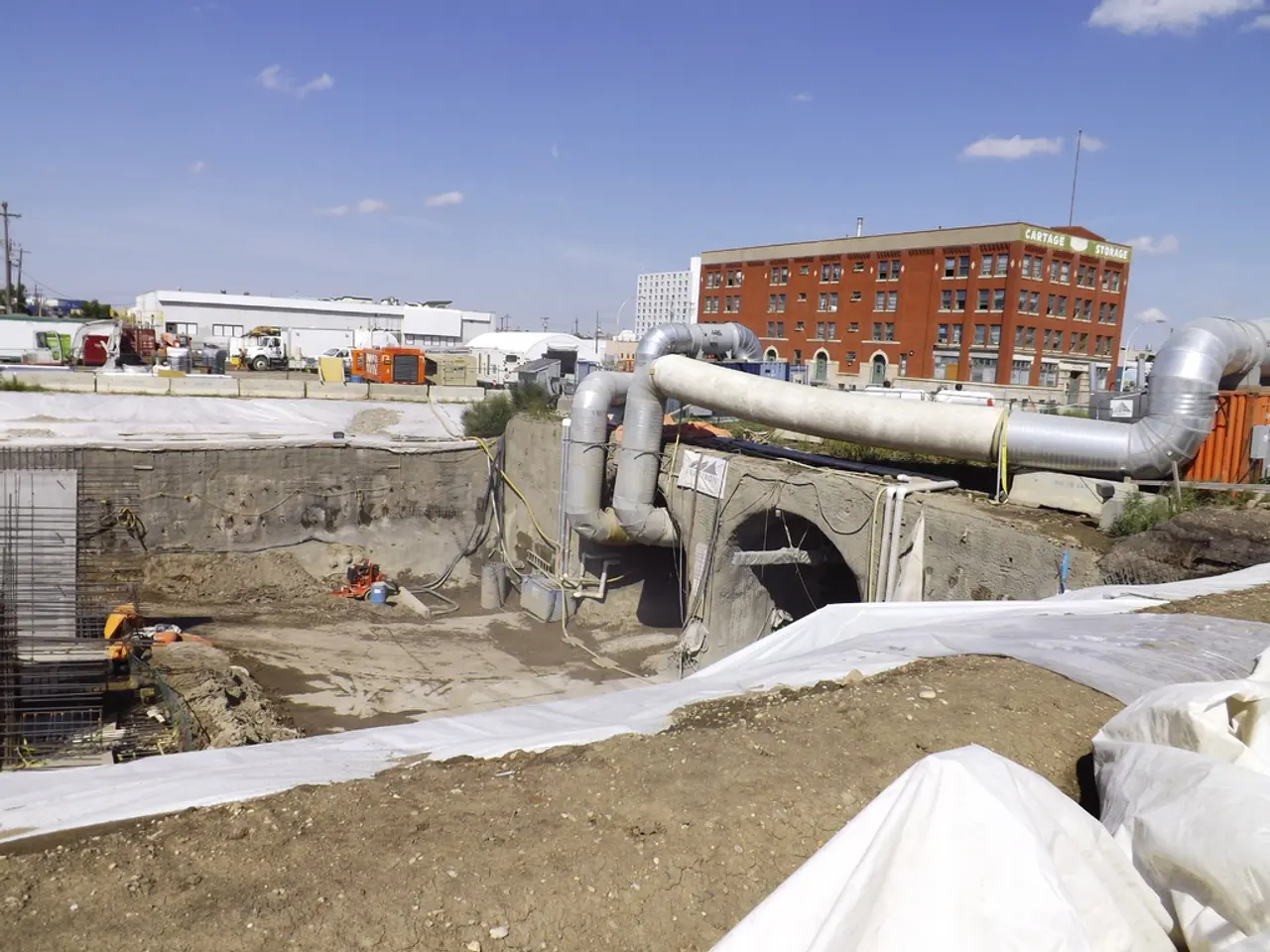Agenda Establishment for Alliance
In the quest for community improvement, coalitions play a pivotal role. Here's a comprehensive guide on how to set effective goals for these collaborative efforts.
1. Start with a Clear Vision and Shared Interests
Begin by defining a clear and compelling vision that motivates coalition members to work together. Identify potential allies by finding individuals or groups who share similar interests and goals, and build relationships based on trust and credibility through transparent communication and collaboration.
2. Develop SMART Goals and Objectives
Coalition goals and objectives should be Specific, Measurable, Achievable, Relevant, and Time-bound (SMART). This means:
- Specific: Clearly define what the coalition aims to achieve.
- Measurable: Establish criteria to measure progress and success.
- Achievable: Ensure the goals are realistic given the coalition’s resources.
- Relevant: Align goals with the coalition’s overall mission and community needs.
- Time-bound: Set deadlines to promote accountability and momentum.
3. Engage Stakeholders and Plan Collectively
Convene a planning group composed of stakeholders, community leaders, and policymakers to collaboratively develop the coalition goals. This collaborative planning helps ensure buy-in, shared responsibility, and a comprehensive approach to addressing the issue.
4. Develop a Logic Model
A logic model visually maps the relationship between resources, activities, outputs, and desired outcomes. It helps the coalition clarify how planned activities lead to short-term, intermediate, and long-term results, providing a framework to evaluate effectiveness and adjust strategies as needed.
5. Establish Clear Expectations and Communication Channels
Clearly communicate the defined goals and objectives to all coalition members. Foster open, transparent communication to build trust and ensure everyone understands their roles and responsibilities.
6. Monitor and Evaluate Progress
Use the SMART framework and logic model as tools to regularly monitor progress, evaluate outcomes, and make data-driven adjustments to improve the coalition’s effectiveness.
By following these steps, you can create a strong foundation for your coalition, enabling it to achieve its desired outcomes and make a positive impact on your community.
[1] Roussos, A., & Fawcett, S. (2000). Collaborative partnerships as a strategy for improving community health. American Journal of Public Health, 90(10), 1533-1538. [2] Asset-Based Community Development Institute. (n.d.). Resources for coalition evaluation and other processes. Retrieved from https://www.abcdinstitute.org/resources/coalitions-and-networks [3] Coalitions Work. (n.d.). Strategic planning. Retrieved from https://coalitionswork.org/strategic-planning [4] University of Kansas. (n.d.). Community health partnerships. Retrieved from https://www.kucph.ku.edu/research/community-engagement/community-health-partnerships [5] University of Wisconsin-Extension. (n.d.). Coalition building. Retrieved from https://uwex.edu/ces/communitydevelopment/coalitionbuilding.htm [6] Iowa State University. (n.d.). Community coalitions. Retrieved from https://www.extension.iastate.edu/community/community-coalitions
- Focusing on rural and community development, education-and-self-development, and personal-growth, setting SMART goals is essential for achieving the coalition's vision. These goals should be specific, measurable, achievable, relevant, and time-bound, ensuring progress and success align with the coalition's mission and community needs.
- To foster effective goal-setting and promote collaborative efforts in areas such as rural development, it is crucial to first establish a clear and shared vision for personal-growth and education-and-self-development, and build relationships based on trust and credibility among coalition members with similar interests.




